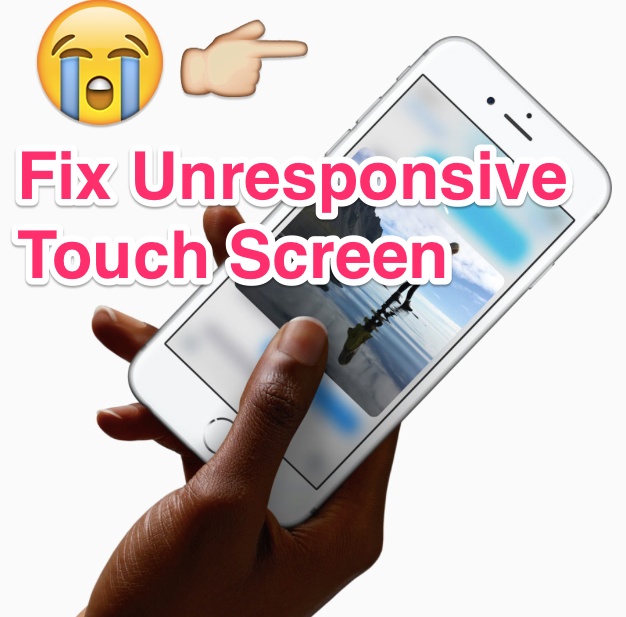
Some iPhone 6s and iPhone 6s Plus users have noticed their devices touch screen becomes unresponsive. The unresponsive frozen touchscreen seems to happen at random, and also commonly when the device is freshly unlocked from the locked screen, either with a pass code or through Touch ID. The unresponsive touch issue is not subtle, as any onscreen element does not respond to any touch, tap, or other screen interactions, and typically lasts for 5 to 10 seconds until the display becomes responsive again.
While the cause of the unresponsive screen issue is uncertain, there are a few possible remedies if you experience an touch screen problems on iPhone 6s and iPhone 6s Plus. We’ll walk through the troubleshooting methods from easiest to most involved.
And to be perfectly clear, this problem is general unresponsiveness of the touch screen, it’s not specific to any particular app. If you find a specific iOS app is crashing, try these tips to fix that.
Wait! Clean Your Screen!
The very first thing you should do is make sure the screen is clean, clear of any oils, residues, liquids, or any other gunk that may be mucking up the screen responsiveness. Just give your display a good look in various lighting conditions, and wipe it off a few times with a cotton cloth, just make sure there isn’t anything egregious on there. A layer of goo of any sort can easily make any touch screen less responsive than you’re expecting, so even if your iPhone 6s or iPhone 6s Plus is brand new, if someone rubbed a bunch of greasy peanut butter fingers all over the display, that could very likely be contributing to the touch screen not responding to touch as expected.
1: Forcibly Reboot the iPhone
Next you should try a force reboot of the iPhone, this works to resolve an unresponsive touch screen, and many other issues, for the vast majority of cases:
- Hold down the Home button and Power button simultaneously, continue holding both buttons until you see the Apple logo appear on the screen then release
When the iPhone boots back up, hopefully the touch screen will no longer be unresponsive.
The force reboot process is demonstrated in the video below:
If you continue to experience issues with the touchscreen after forcibly rebooting the iPhone, continue with the next steps.
2: Restore the iPhone from a Backup
This requires a computer and USB cable, you’ll be first making a backup to iTunes, then restoring with that backup.
- Connect the iPhone to a computer with iTunes
- Choose to “Encrypt backup” if you haven’t done so yet, and choose to “Back up to this computer”
- Choose “Back up now” and let the process complete, this can take a while
- When finished, click on the “Restore” button, choose the backup you just made to restore to
- Let the backup restore to the iPhone and try using it as normal
If the iPhone screen continues to exhibit strange freezing and unresponsive touch behavior, your next step is to erase it and set it up as new.
3: Set Up the iPhone as New with an Erase & Factory Reset
Do not do this if you have not made a recent backup. You will lose data if you do this, this erases the iPhone and deletes everything from the iPhone, resetting it to a factory state.
Once the iPhone has been setup as new, don’t restore from a backup quite yet, try to use the iPhone as if it was brand new. If the iPhone works and the touchscreen is responsive as it should be, it suggests there could be a problem with the backup you used to restore earlier.
4: Call Apple Support or Visit an Apple Genius Bar
If you’ve forcibly rebooted the iPhone, you’ve restored from a backup, and you’ve setup the iPhone as new, and the touch screen is still unresponsive, it’s time to call Apple official support or visit a genius bar at an Apple Store.
Any new iPhone is under warranty for a year, and the iPhone 6s and iPhone 6s Plus are new enough that there is no question as to warranty coverage for a potentially defective product. Typically in these situations, if an iPhone is determined to be not functioning properly after all software resets and restores have been attempted, Apple will provide you with a new replacement iPhone, assuming it has not been damaged and otherwise falls within their warranty.
No comments:
Post a Comment